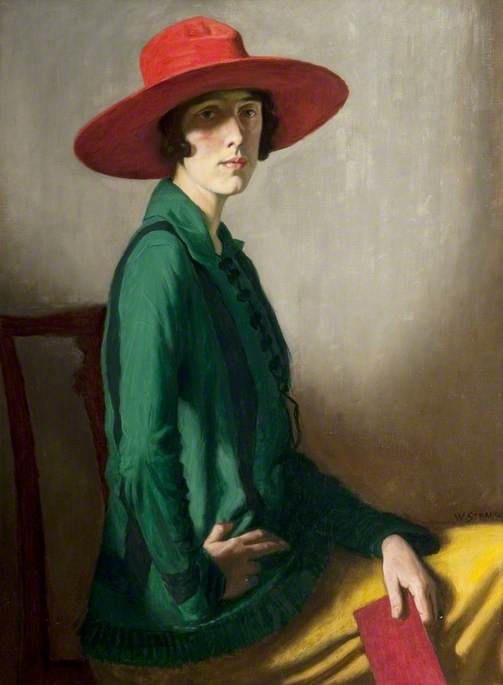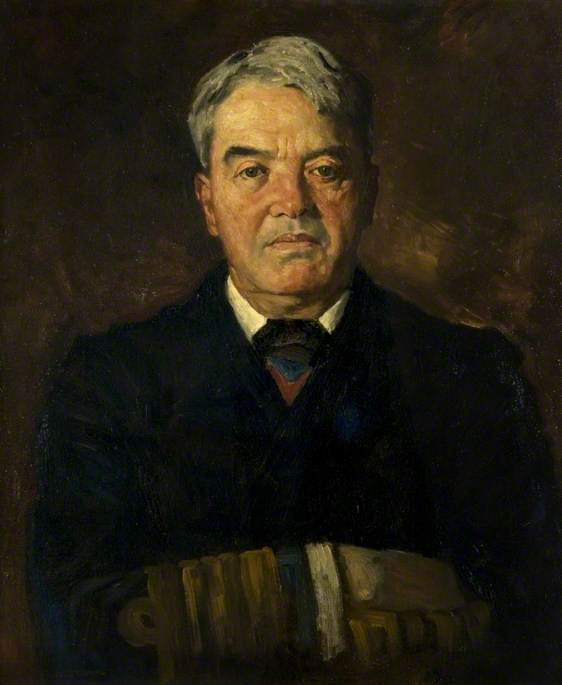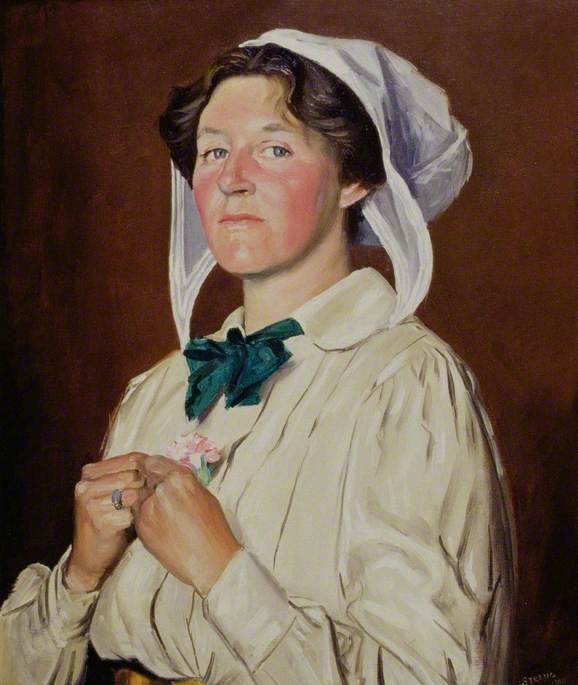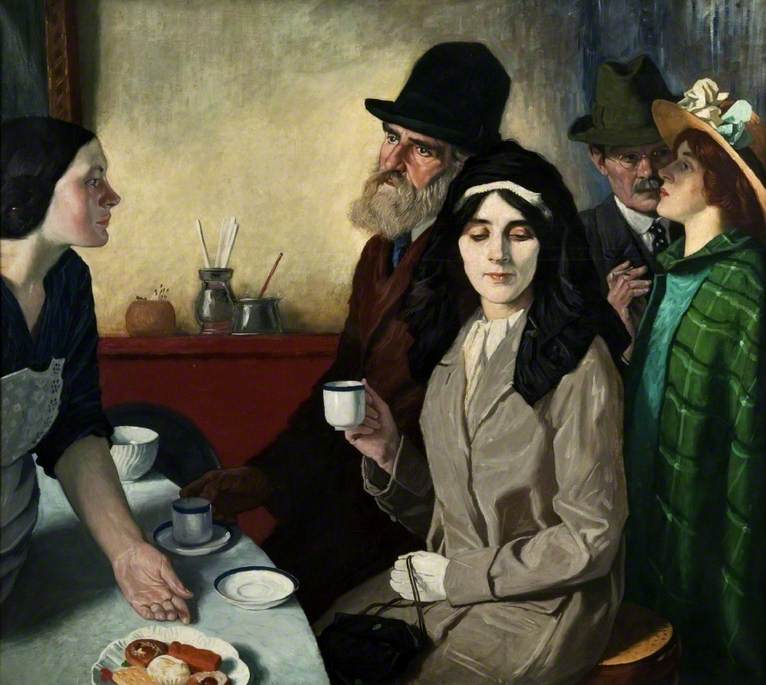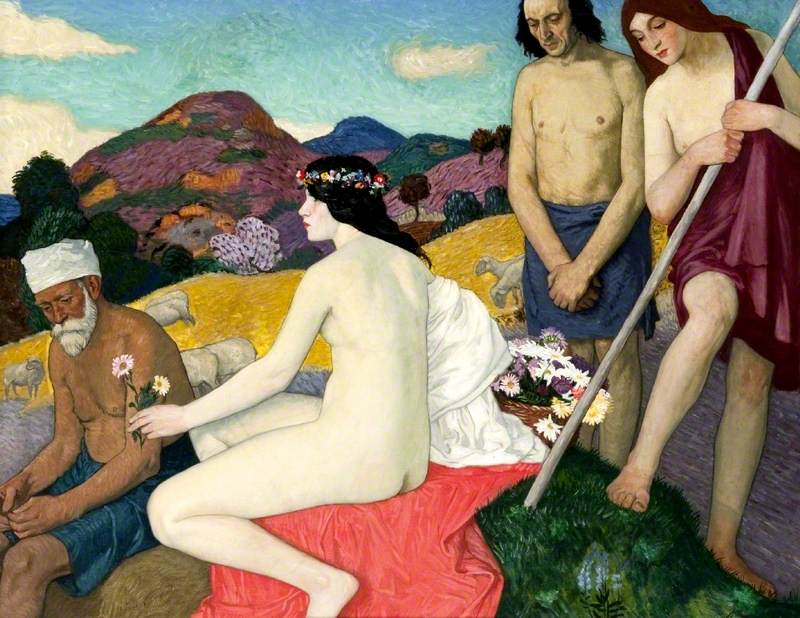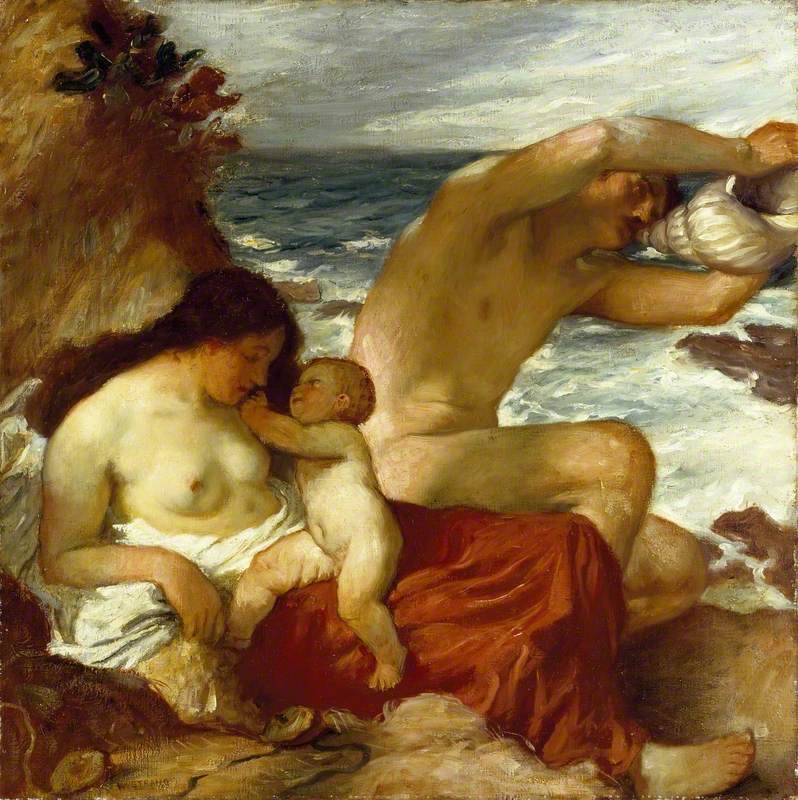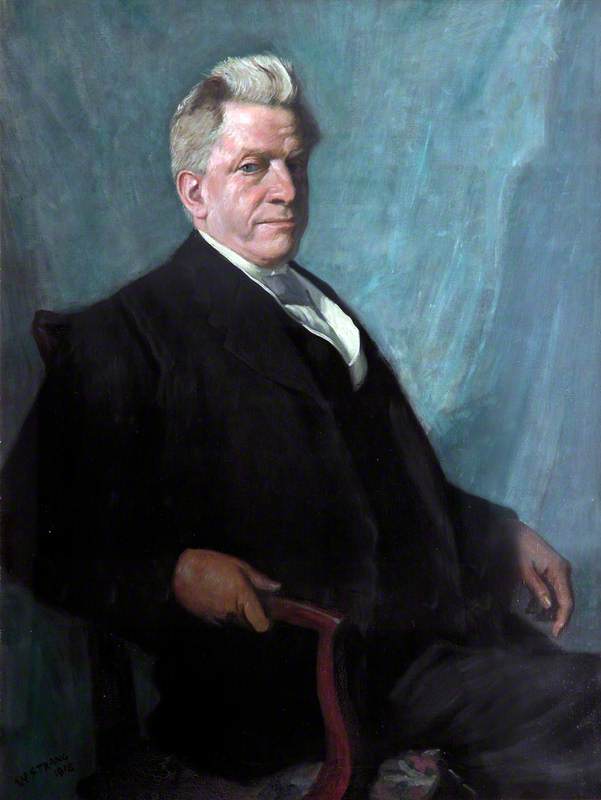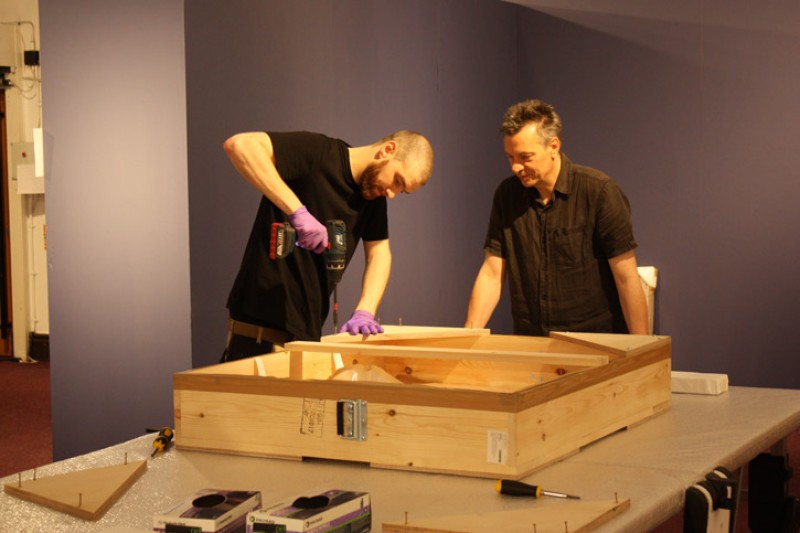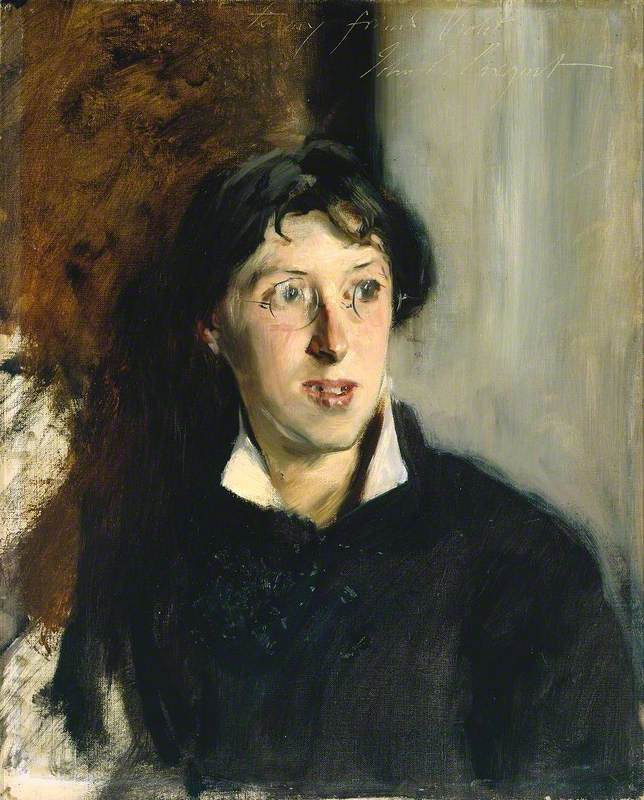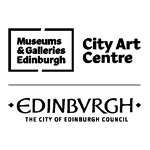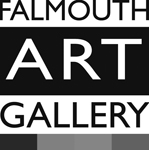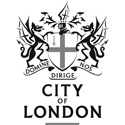William Strang was born in Dumbarton, Scotland on 3 February 1859. After attending Dumbarton Academy, Strang studied at the Slade School of Fine Art, University College, London from 1876 to 1879 where he was taught by Alphonse Legros (1837-1911). His tutor's influence was long-lasting and Strang was not only to remain in London for the remainder of his life but turned to etching and only occasionally painted until the early years of the twentieth century.
He was awarded a silver medal for etching at the Paris International Exhibition of 1889. In the 1890s and 1900s he worked closely with C. R. Ashbee's at his Essex House Press.
Strang painted portraits of many celebrities of the period including John Masefield, Vita Sackville-West, Lawrence Alma-Tadema, Lord Kitchener, Thomas Hardy, and Edward, Prince of Wales (later Edward VII)
Strang designed and cut one of the largest British woodcuts ever produced, The Plough, which measures almost 5 by 6 feet. An impression in the collection of the Victoria and Albert Museum was published and sold by the Art for Schools Association, Bloomsbury.
In 1899 he was commissioned by Laurence Hodson to create the Adam and Eve series to be set as a frieze around the library of Compton Hall in Wolverhampton.
Strang was a regular exhibitor at the Royal Academy in London from 1906 to [posthumously] 1922. He also exhibited at the New English Art Club, Agnew & Sons Gallery, Colnaghi & Co. Galleries, Connell & Sons Gallery, Fine Art Society, Grosvenor Gallery, Goupil Gallery, International Society of Sculptors, Painters and Gravers, Leicester Galleries, Royal Society of Portrait Painters, and Royal Society of Painter-Etchers and Engravers in London; Walker Art Gallery in Liverpool; Manchester City art Gallery; Royal Hibernian Academy in Dublin; the Royal Scottish Academy in Edinburgh; and at the Royal Glasgow Institute of the Fine Arts. He held his first solo exhibition at Robert Dunthornes in London in 1896 and in 1897 showed five oils at the First Secessionist Exhibition in Vienna.
He was elected an Associate of the Society of Painter-Etchers and Engravers (RE) in 1881; an Associate of the Royal Academy (ARA) in 1881; and a full member of the Royal Academy (RA) in 1921. He was also elected a member of the Art Workers' Guild, in 1895, and the Society of Twelve. He was president of the International Society of Sculptors, Painters & Gravers in 1918.
He died in Bournemouth, England on 12 April 1921.
<p><sub>Text source: <a href="https://www.arthistoryresearch.net/" target="_blank" rel="noopener">Art History Research net (AHR net)</a><br /></sub></p>
